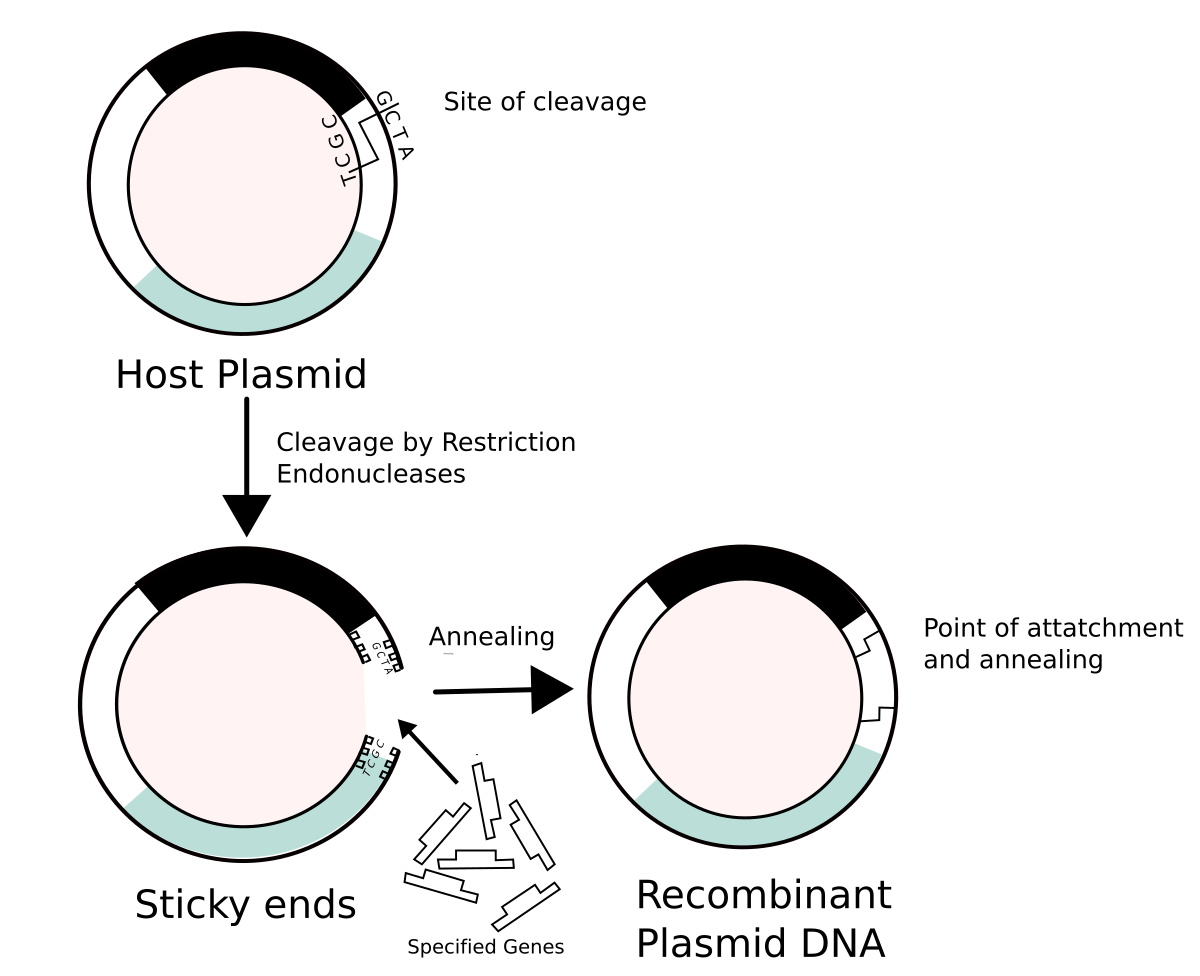You voluntarily subscribed to this thread, clearly because the truth I post put a burr under your saddle, you donkey.
You put a burr under my saddle but it was not your truth but your cherry-picking of quotes, ideological spin, and misrepresentations that did it.
For example, you love to quote Darwin and the fossil record but paleontology was a very new science 150+ years ago and the first dinosaur fossil was found when Darwin was a young man.
Do you know what 'paleontology' is?
It appears you don't.
I can cite the fossil record to prove that it doesn't prove evolution theory.....you can't do the same to prove it does.
“No fossil is buried with its birth certificate. That, and the scarcity of fossils, means that
it is effectively impossible to link fossils into chains of cause and effect in any valid way... To take a line of fossils and claim that they represent a lineage is not a scientific hypothesis that can be tested, but
an assertion that carries the same validity as a bedtime story—amusing, perhaps even instructive, but not scientific.”
― Henry Gee, "In Search of Deep Time: Beyond the Fossil Record to a New History of Life"
Dr Henry Gee (born 1962 in London, England) is a British paleontologist and evolutionary biologist. He is a senior
editor of "Nature," the scientific journal.
Henry Gee - Wikipedia, the free encyclopedia
The import of the above is that,
although Charles Darwin anticipated proof of his theory on the fossil record....well, it simply isn't to be found there.
“
No wonder paleontologists shied away from evolution for so long. It never seems to happen. Assiduous collecting up cliff faces yields zigzags, minor oscillations, and the very occasional slight accumulation of change—over millions of years, at
a rate too slow to account for all the prodigious change that has occurred in evolutionary history. When we do see the introduction of evolutionary novelty, it usually shows up with a bang, and often with no firm evidence that the fossils did not evolve elsewhere! Evolution cannot forever be going on somewhere else. Yet that’s how the fossil record has struck many a forlorn paleontologist looking to learn something about evolution.” Eldredge, N. (1995)
Reinventing Darwin, Wiley, New York, p. 95.
Watch this:
a. . The history of most fossil species includes two features particularly inconsistent with gradualism: 1. Stasis. Most species exhibit no directional change during their tenure on earth. They appear in the fossil record looking much the same as when they disappear; morphological change is usually limited and directionless. 2. Sudden appearance. In any local area,
a species does not arise gradually by the steady transformation of its ancestors; it appears all at once and “fully formed.”
"The Episodic Nature of Evolutionary Change", p. 182
b. "Paleontologists have paid an enormous price for Darwin's argument. We fancy ourselves as the only true students of life's history, yet to preserve our favored account of evolution by natural selection we view our data as so bad that we almost never see the very process we profess to study. ...The history of most fossil species includes tow [
sic] features particularly inconsistent with gradualism: 1. Stasis. Most species exhibit no directional change during their tenure on earth. They appear in the fossil record looking much the same as when they disappear; morphological change I [
sic] usually limited and directionless. 2. Sudden appearance. In any local area, a species does not arise gradually by the steady transformation of its ancestors; it appears all at once and 'fully formed.'" (Gould, Stephen J. The Panda's Thumb, 1980, p. 181-182)
c. There is no fossil record establishing historical continuity of structure for most characters that might be used to assess relationships among phyla." Katherine G. Field et al., "Molecular Phylogeny of the animal Kingdom,"
Science, Vol. 239, 12 February 1988, p. 748.
d. ". . . the gradual morphological transitions between presumed ancestors and descendants, anticipated by most biologists, are missing." David E. Schindel (Curator of Invertebrate Fossils, Peabody Museum of Natural History), "The Gaps in the Fossil Record,"
Nature, Vol. 297, 27 May 1982, p. 282.
e. In “The Biological Big Bang model for the major transitions in evolution,” 2007, Koonin writes “Major transitions in biological evolution show the same pattern of sudden emergence of diverse forms at a new level of complexity….do not seem to fit the tree pattern that, following Darwin's original proposal, remains the dominant description of biological evolution.” So….Darwin was wrong?” In each of these pivotal nexuses in life's history, the principal "types" seem to appear rapidly and fully equipped with the signature features of the respective new level of biological organization. No intermediate "grades" or intermediate forms between different types are detectable.”
The Biological Big Bang model for the major transitions in evolution
Did you get that? ‘Intermediate forms’ are …..imaginary.
f. In fact, the fossil record does not demonstrate a sequence of transitional fossils
for any species. As
Newsweek reporter Jerry Adler accurately noted:
"In the fossil record, missing links are the rule: the story of life is as disjointed as a silent newsreel, in which species succeed one another as
abruptly as Balkan prime ministers.
The more scientists have searched for the transitional forms between species, the more they have been frustrated....
Evidence from fossils now points overwhelmingly away from the classical Darwinism which most Americans learned in high school: that new species evolve out of existing ones by the gradual accumulation of small changes, each of which helps the organism survive and compete in the environment." (Newsweek, 1980, 96[18]:95).
g. Alan H. Linton, Emeritus Professor of Bacteriology
University of Bristol (UK), said in a 2001 article,
"Throughout 150 years of the science of bacteriology, there is no evidence that one species of bacteria has changed into another "¦ Since there is no evidence for species changes between the simplest forms of unicellular life, it is not surprising that there is no evidence for evolution "¦ throughout the whole array of higher multicellular organisms."
Alan H. Linton
h. "It is totally wrong. It's wrong like infectious medicine was wrong before Pasteur. It's wrong like phrenology is wrong. Every major tenet of it is wrong," said the outspoken biologist Lynn Margulis about her latest target: the dogma of Darwinian evolution. [With her theses], Margulis was . . . denouncing the modern framework of the century-old theory of Darwinism, which holds that new species build up from an unbroken line of gradual, independent, random variations. Margulis is not alone in challenging the stronghold of Darwinian theory, but few have been so blunt. As cited in Kevin Kelly's book,
Out of Control: The New Biology of Machines, Social Systems and the Economic World12 Kevin Kelly, Out of Control: The New Biology of Machines, London: Fourth Estate, 1995, pp. 470-471


